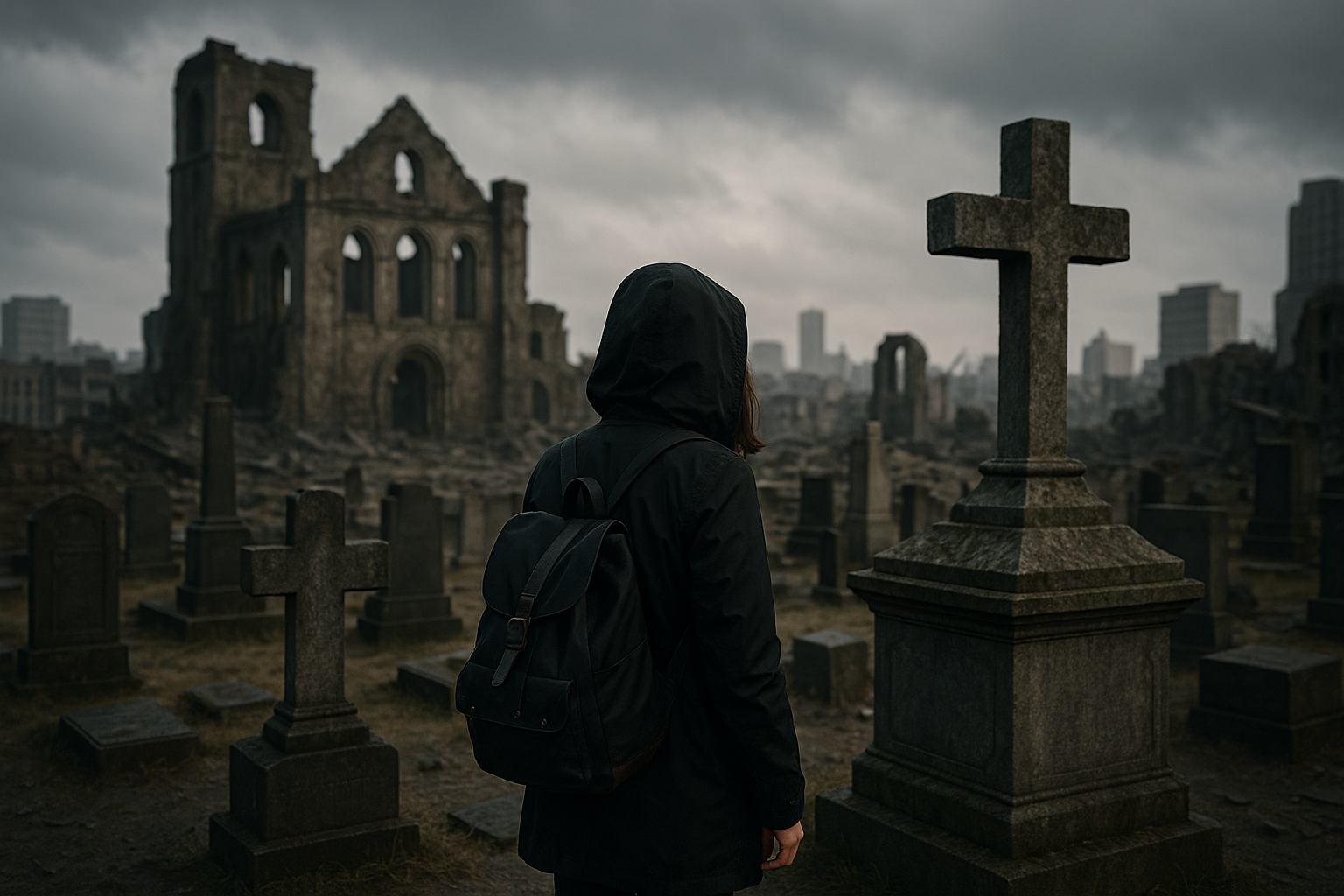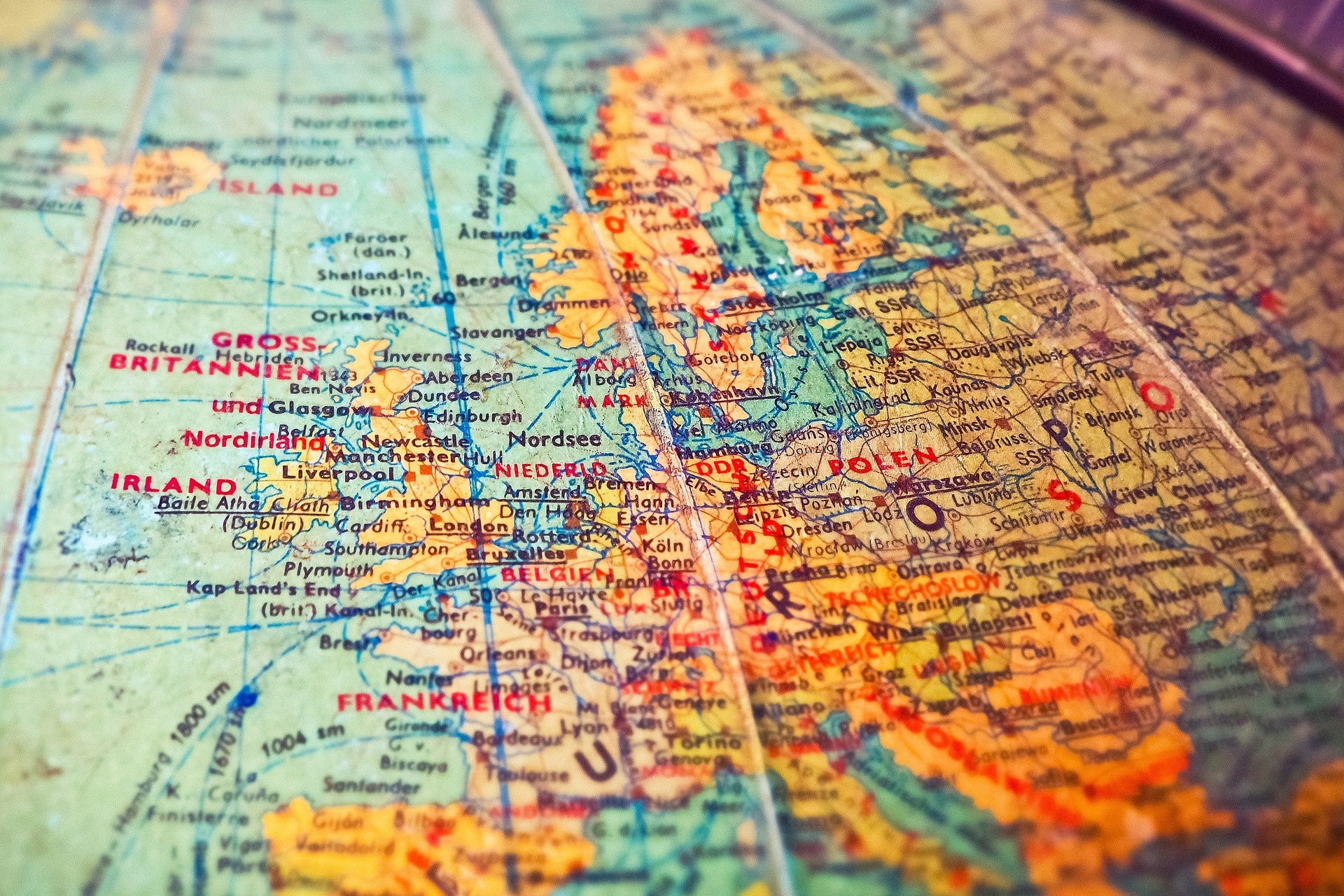Unveiling the Mysteries of Dark Tourism: A Deep Dive into the World of Macabre Travel
Dark tourism, the act of traveling to sites associated with death, tragedy, or the macabre, has been a part of human culture for centuries. This article will delve into the uncanny world of dark tourism, shedding light on its historical context, current trends, and the impact on travelers.

A Historical Perspective on Dark Tourism
Dark tourism is not a new phenomenon. The Roman gladiatorial games, public executions in medieval times, and the visits to battlefields, all fall under the umbrella of dark tourism. However, the term itself was coined in the late 1990s by Lennon and Foley, two researchers from the UK. They defined dark tourism as the act of visiting sites associated with death, tragedy, or the macabre.
The Current Landscape of Dark Tourism
In recent years, dark tourism has witnessed a surge in popularity, thanks to the increased global connectivity and the human penchant for the morbid and the macabre. Today, dark tourism destinations range from the Ground Zero in New York and the Auschwitz-Birkenau concentration camp in Poland to the Hiroshima Peace Memorial Park in Japan and the Chernobyl Exclusion Zone in Ukraine.
The Intricacies and Implications of Dark Tourism
Dark tourism might seem like a strange or even ghastly concept to some, but it carries significant implications. On the one hand, it provides a medium for remembering and understanding the past, promoting empathy, and raising awareness about historical atrocities. On the other hand, it presents ethical dilemmas, including the risk of commodifying tragedy and suffering.
Fascinating Facts About Dark Tourism
-
The city of Pompeii, buried under volcanic ash in 79 AD and later excavated, is considered one of the earliest dark tourism destinations.
-
The catacombs of Paris, home to the remains of over six million people, attract thousands of tourists every year.
-
Chernobyl, the site of the world’s worst nuclear disaster, now has a booming tourism industry, with over 70,000 visitors in 2019.
Concluding Thoughts
In conclusion, dark tourism offers a different perspective on travel. It allows us to confront our mortality, grapple with our past, and gain a deeper understanding of our history. However, it’s integral to approach these places with respect and sensitivity, honoring the memories they hold. So, while dark tourism might not be for everyone, it’s undoubtedly a significant part of our global travel culture, encouraging us to remember, reflect, and learn.






